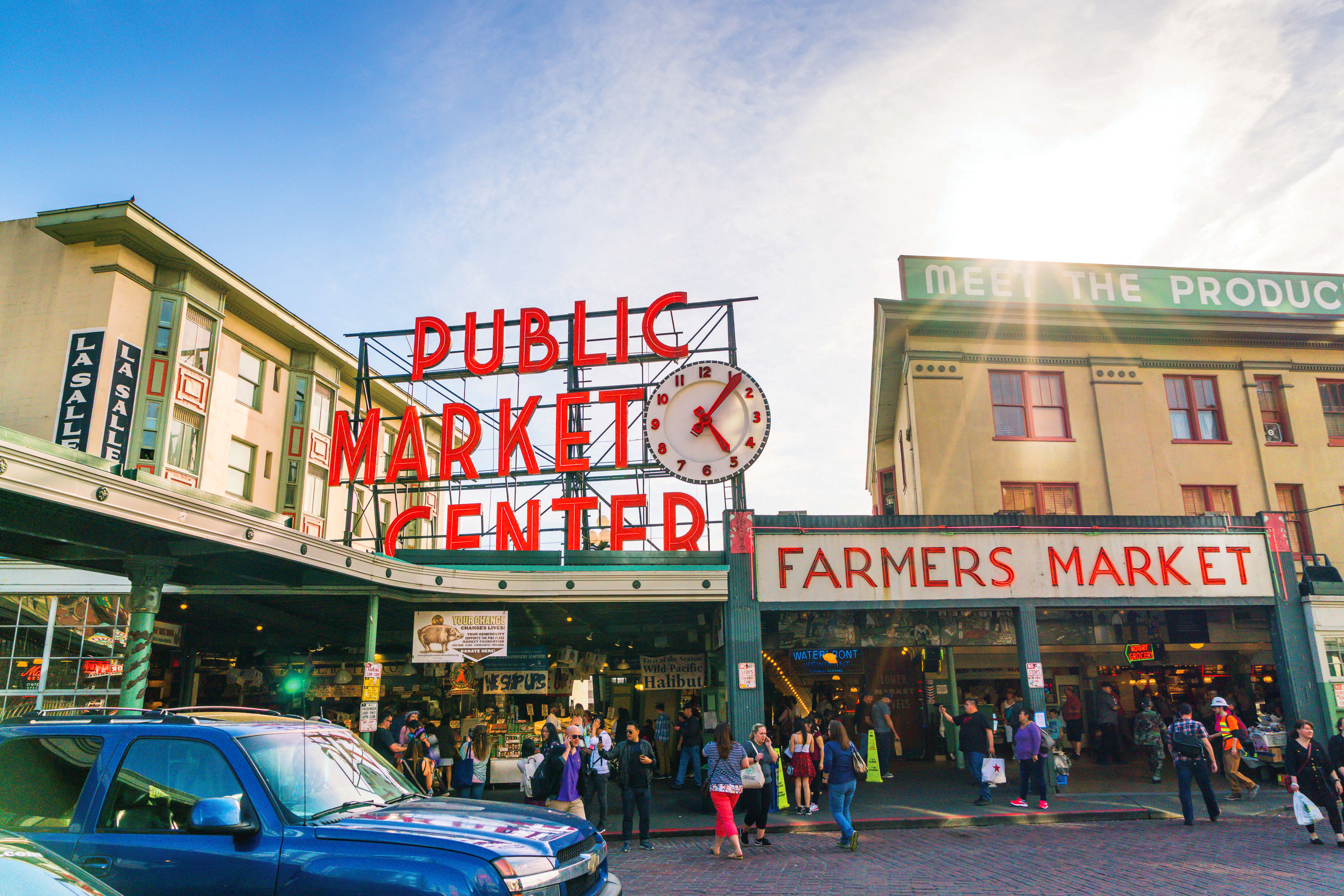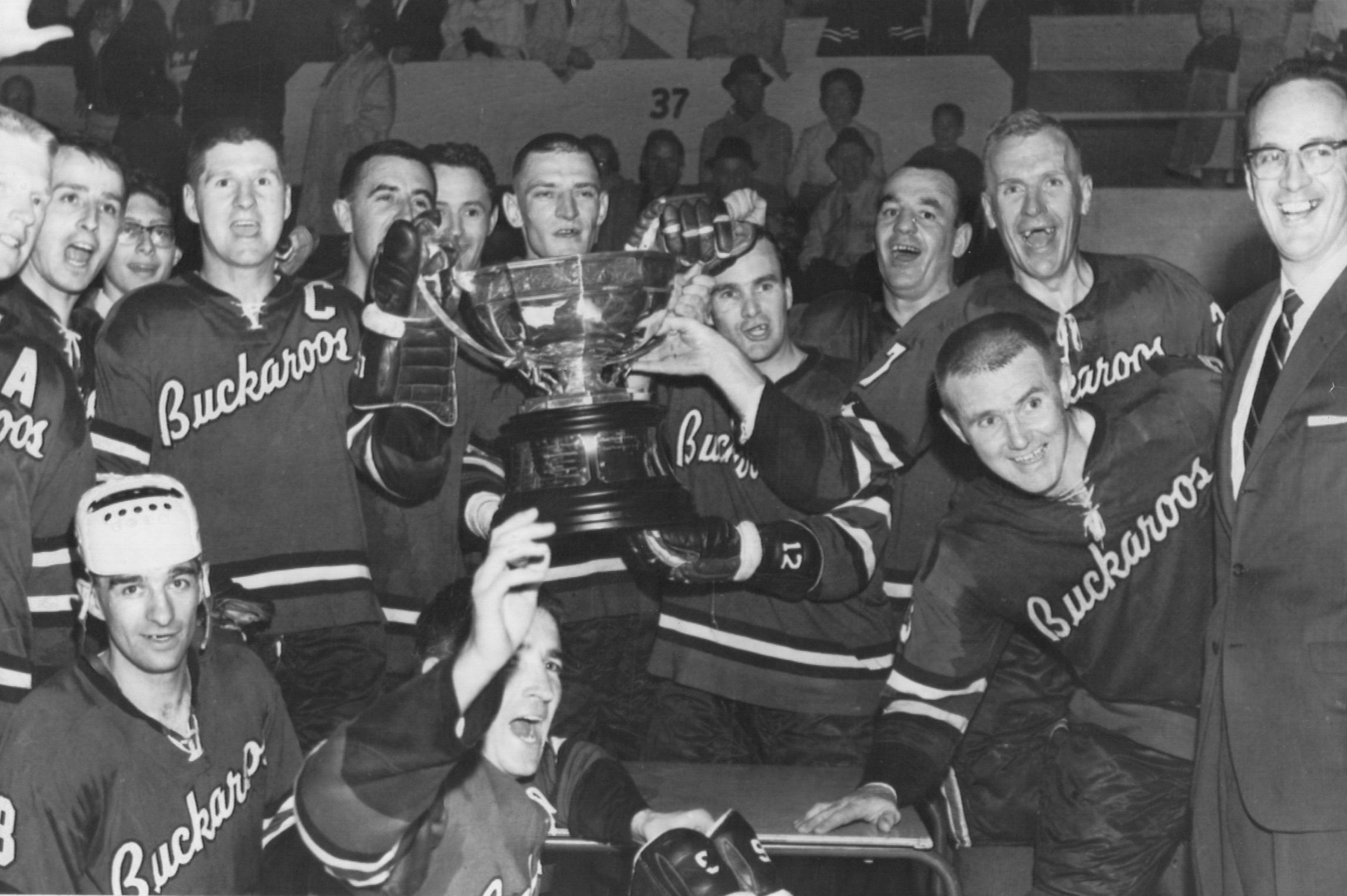The 1946 Portland Rosebuds

Image: Taylor Callery
When it comes to baseball, Portland has commitment issues. The Spartans, the Monograms, the Pioneers, and the Mavericks all came and went. After 107 years in Portland, the suddenly homeless Beavers shipped off to become the Tucson Padres in 2011. A new single-A team, the Hops, will soon play ball in a shiny new $15.2 million park ... in Hillsboro.
But no part of the city’s hardball history is quite as strange as the one-season-stand of the Rosebuds, the city’s last Negro League team.
On June 4, 1946, the Portland Roses (as they were more commonly called) suited up for their first game at Vaughn Street Park against the Los Angeles White Sox, with 1,500 curious onlookers in the stands. The 12,000-seat stadium’s usual tenants, the exclusively white Portland Beavers, were out of town. The new team’s owner was none other than Olympic sprinter Jesse Owens, “the world’s fastest man.” Before the first pitch was thrown, Owens ran and jumped hurdles around the diamond.
The newly minted all-black baseball league based on the West Coast was the brainchild of Harlem Globetrotters impresario Abe Saperstein, who sought to capitalize on the influx of black workers to the Pacific seaboard during the war years. So-called Major League Baseball was still all-white, leaving some of the best athletes ever to play the national pastime in segregated, all-black leagues. The six-team West Coast Baseball Association was the seventh (and last) Negro league to test the market since the late 19th century.
“This is the beginning of a regular colored Pacific coast baseball league.” —Jesse Owens, 1946
Hopes ran high as the new league announced a 110-game schedule. Owens recruited experienced players, including pitcher Al Jones from the Memphis Red Sox, infielder Collins Jones, late of the Birmingham Black Barons, and first baseman Blue Dunn from the Miami Ethiopian Clowns. In 1936, Owens had lost $25,000 promoting another Negro league team, and the sprinter was determined to make it work this time.
“It’s easier to start from scratch on the track than at the bank,” he later mused. “I buckled down and proved to myself that I had talent to think as well as to run.”
By the end of June, Portland was in second place. The Oregonian announced that the Roses “have hit their stride and figure to be strong contenders for the loop title.” As attendance suffered, however, so did the news coverage. By July, the league and the Roses collapsed, destined for obscurity. When contacted for this story, neither Owens’s descendants nor staff at the Jesse Owens Museum in Alabama knew anything about his involvement in the Roses. No photographs could be found.
The team’s demise coincided with a rise for African Americans in the wider sphere of the game. While none of the Roses’ players would break into the majors, less than a year later Jackie Robinson, an alum of the Negro American League’s Kansas City Monarchs, debuted with the Brooklyn Dodgers—the first black player to cross Major League Baseball’s color line. And Owens? He became the running coach for the New York Mets in 1965.




